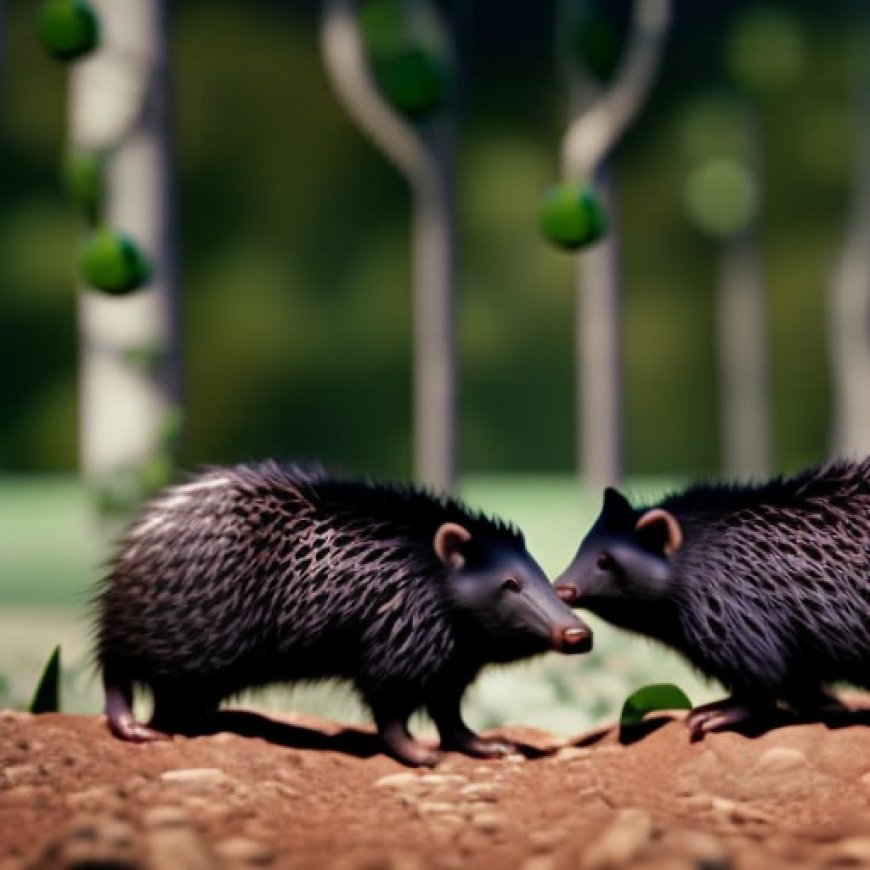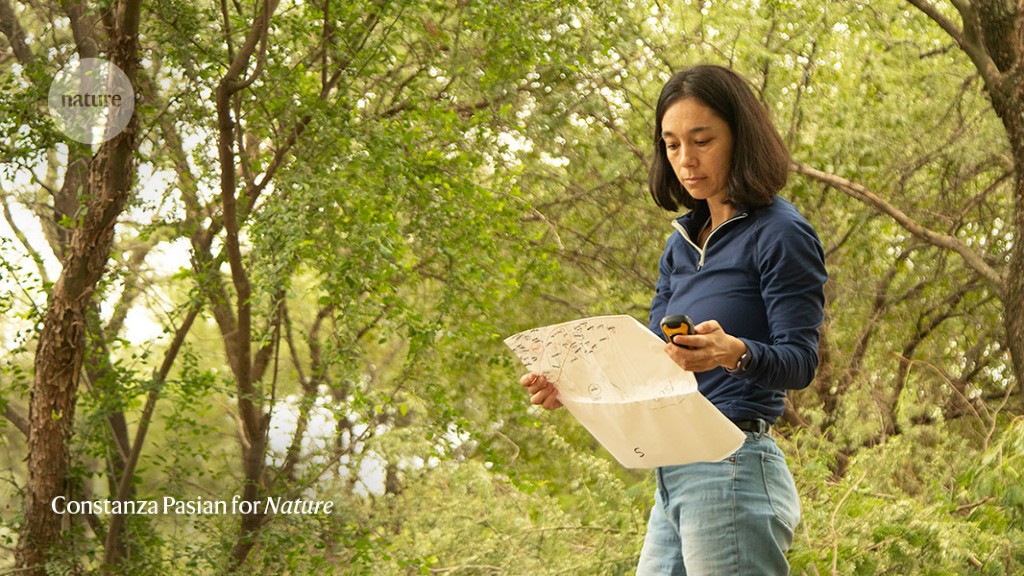Protecting peccaries, preserving a people’s knowledge
Protecting peccaries, preserving a people's knowledge Nature.com


The Importance of Chaco Seco and Project Quimilero

Chaco Seco, the largest subtropical dry forest in South America, is home to a diverse range of trees and plants. This includes the Prosopis alba, a tree that bears nutritious fruit, and the Aspidosperma quebracho blanco, which produces hard wood. The forest also contains various cactus species and Bromelia plants, traditionally used for textile fiber production.
Project Quimilero: Protecting Chacoan Peccaries and Preserving Biodiversity
Project Quimilero, a non-profit group established in 2015, is dedicated to safeguarding the Chacoan peccaries (Catagonus wagneri) – a pig-like animal endemic to the Chaco region. Our mission involves collaborating with Indigenous and creole communities to protect the area’s culture and biodiversity. We actively engage with the Indigenous Wichí people to document significant locations, animals, and plants that hold cultural importance to them.
In the attached picture taken last April, I am standing near the village of Nueva Población, Argentina, holding a map of the area. This map was created with the invaluable assistance of elder Wichí members. The exchange of knowledge during this process greatly enhanced our work. Through this collaboration, we have come to understand that the Western concept of ‘territory’, with its rigid boundaries, does not align with the perspective of these communities. Seasonal changes, soil saturation levels, and animal movements necessitate the need for them to extend beyond conventional boundaries for hunting and accessing water sources.
Deforestation: A Major Threat to Biodiversity and Indigenous Communities
Upon relocating to Chaco in 2010, I became acutely aware of the significant threat posed by deforestation to the region’s biodiversity and Indigenous communities. Chacoan peccaries are particularly vulnerable to habitat loss. Our research indicates that they could face extinction within the next 30 years (M. Camino et al. Biodivers. Conserv. 31, 413–432; 2022). Deforestation primarily results from industrial agriculture and logging activities. The European Union has implemented a policy prohibiting the import of deforestation products, which has the potential to reduce this destructive practice.
Importance of Indigenous Rights in Conservation Efforts
Our study (M. Camino et al. Glob. Environ. Change 81, 102678; 2023) demonstrates that areas of Chaco Seco where Indigenous communities have rights exhibit lower rates of deforestation compared to other regions. This highlights the significance of recognizing and respecting Indigenous rights in conservation efforts.
SDGs, Targets, and Indicators
-
SDG 15: Life on Land
- Target 15.1: By 2020, ensure the conservation, restoration, and sustainable use of terrestrial and inland freshwater ecosystems and their services, in particular forests, wetlands, mountains, and drylands, in line with obligations under international agreements.
- Indicator: The article highlights the deforestation threat to the Chaco Seco forest, emphasizing the need for conservation and sustainable use of terrestrial ecosystems.
-
SDG 13: Climate Action
- Target 13.2: Integrate climate change measures into national policies, strategies, and planning.
- Indicator: The article mentions the European policy that forbids the import of deforestation products, which can contribute to reducing deforestation and its associated climate impacts.
-
SDG 10: Reduced Inequalities
- Target 10.2: By 2030, empower and promote the social, economic, and political inclusion of all, irrespective of age, sex, disability, race, ethnicity, origin, religion, or economic or other status.
- Indicator: The article discusses working with Indigenous and creole communities to preserve their culture and biodiversity, highlighting the importance of social inclusion and empowerment.
| SDGs | Targets | Indicators |
|---|---|---|
| SDG 15: Life on Land | Target 15.1: By 2020, ensure the conservation, restoration, and sustainable use of terrestrial and inland freshwater ecosystems and their services, in particular forests, wetlands, mountains, and drylands, in line with obligations under international agreements. | The article highlights the deforestation threat to the Chaco Seco forest, emphasizing the need for conservation and sustainable use of terrestrial ecosystems. |
| SDG 13: Climate Action | Target 13.2: Integrate climate change measures into national policies, strategies, and planning. | The article mentions the European policy that forbids the import of deforestation products, which can contribute to reducing deforestation and its associated climate impacts. |
| SDG 10: Reduced Inequalities | Target 10.2: By 2030, empower and promote the social, economic, and political inclusion of all, irrespective of age, sex, disability, race, ethnicity, origin, religion, or economic or other status. | The article discusses working with Indigenous and creole communities to preserve their culture and biodiversity, highlighting the importance of social inclusion and empowerment. |
Behold! This splendid article springs forth from the wellspring of knowledge, shaped by a wondrous proprietary AI technology that delved into a vast ocean of data, illuminating the path towards the Sustainable Development Goals. Remember that all rights are reserved by SDG Investors LLC, empowering us to champion progress together.
Source: nature.com

Join us, as fellow seekers of change, on a transformative journey at https://sdgtalks.ai/welcome, where you can become a member and actively contribute to shaping a brighter future.







